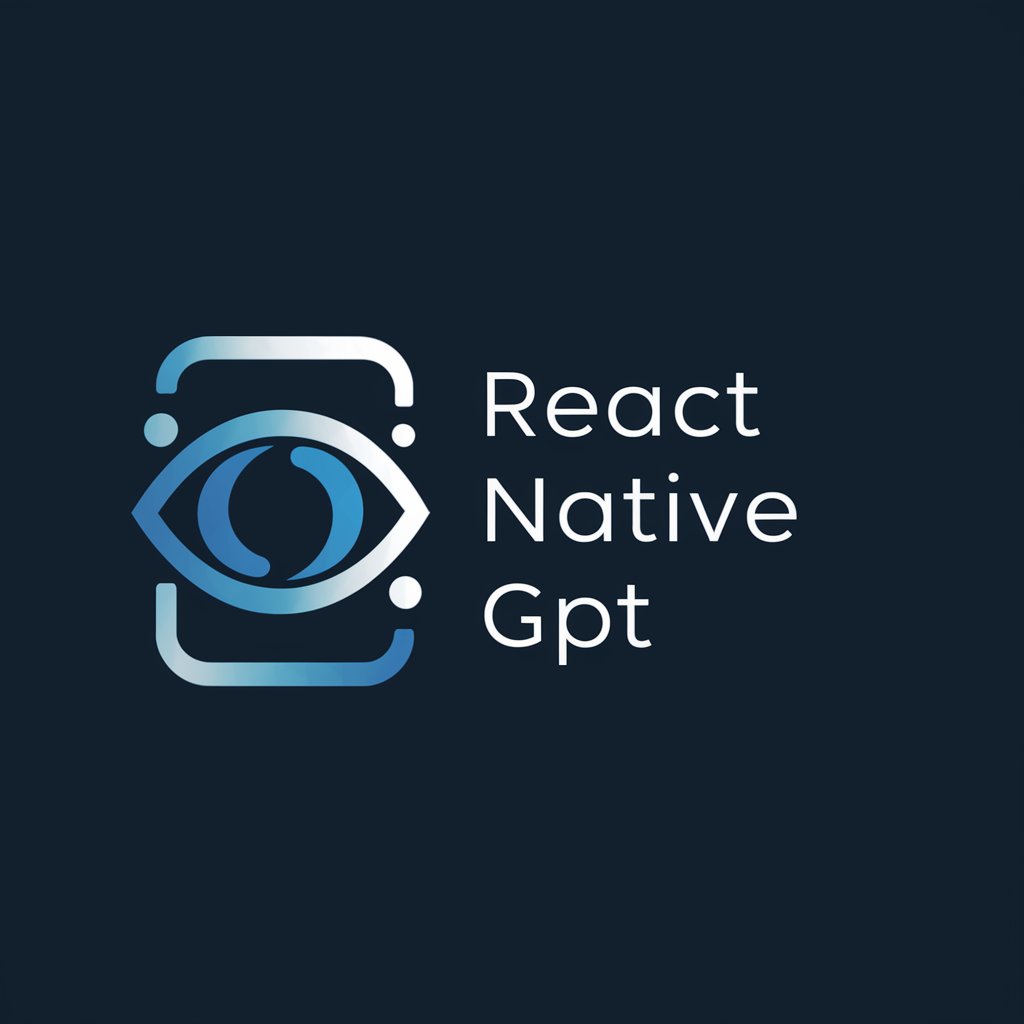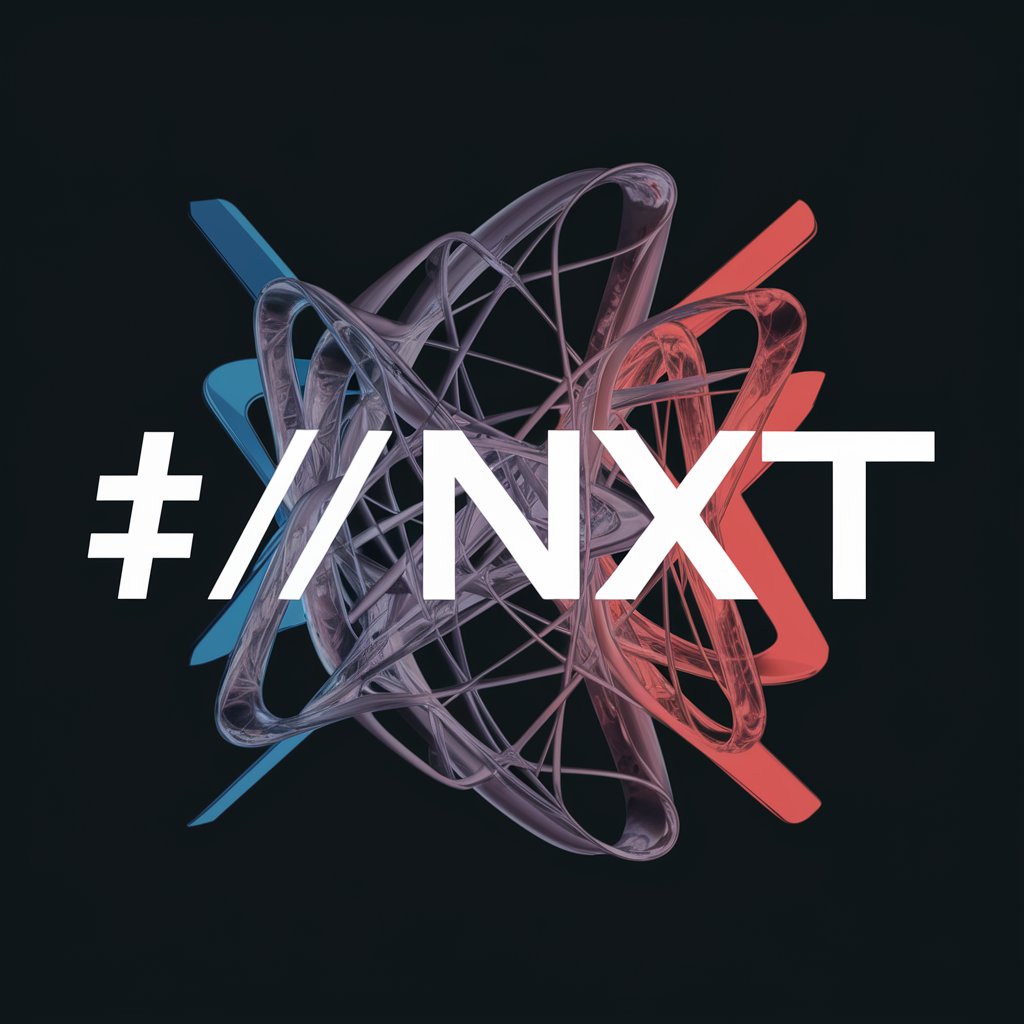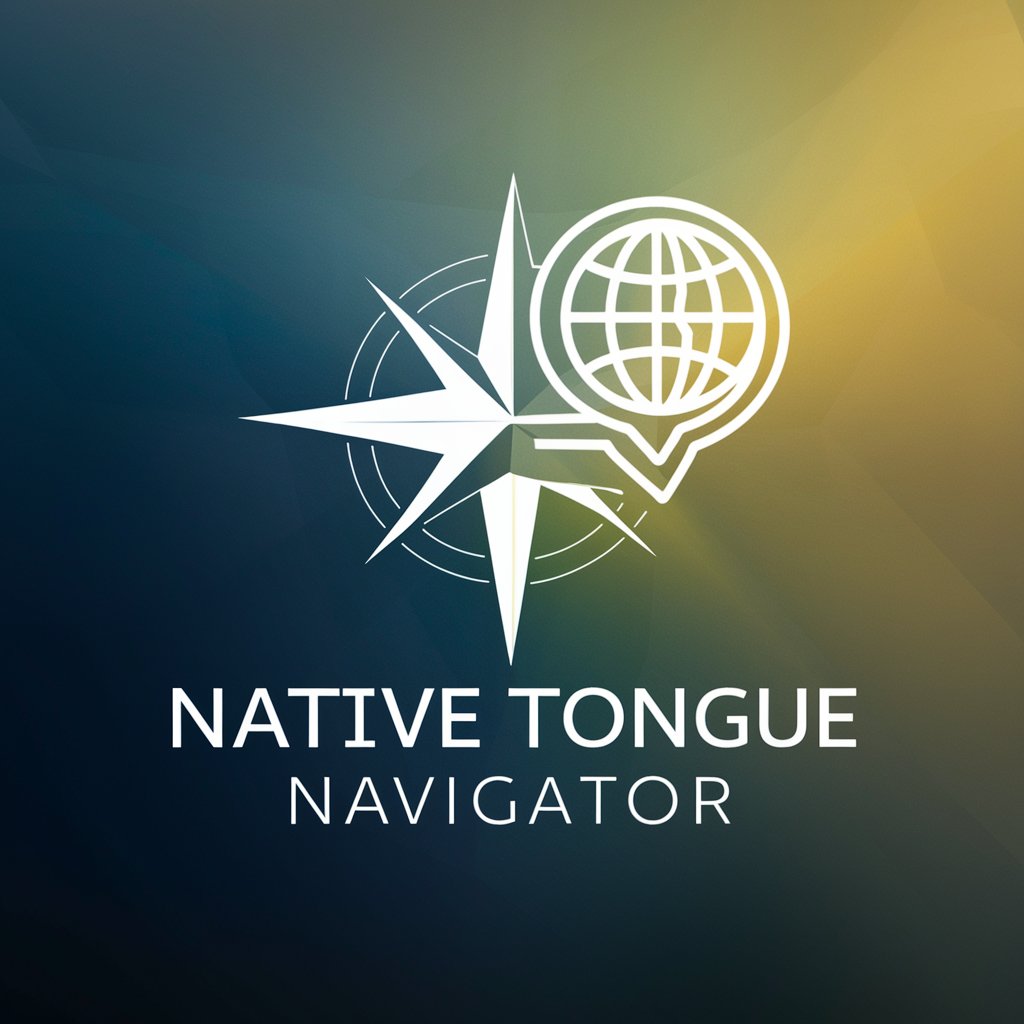
Native - Insight into Native Contexts

Welcome! Let's explore the fascinating world of native elements together.
Unveil the native world with AI.
Tell me about the significance of native plants in local ecosystems.
Explain the role of native languages in cultural preservation.
What are the challenges faced by native animal species in modern habitats?
Describe the impact of invasive species on native biodiversity.
Get Embed Code
Introduction to Native
Native is a specialized GPT designed to offer in-depth insights and information on topics related to 'native' elements across various contexts. This includes native languages, plants, animals, and other pertinent subjects. The purpose of Native is to educate and provide accurate, comprehensive data, enhancing the user's understanding of what it means to be native in different fields. Through well-researched responses, Native aims to illuminate the importance, characteristics, and roles of native species, languages, and cultures. For example, a user inquiring about native plants in a specific region would receive detailed information about those plants, their ecological roles, and their significance to local biodiversity. Powered by ChatGPT-4o。

Main Functions of Native
Educational Resource
Example
Providing detailed information on the native languages of a country, including their origins, number of speakers, and current status.
Scenario
A language enthusiast seeks to understand the linguistic diversity of South America, focusing on indigenous languages.
Biodiversity Insight
Example
Detailing the significance of native animal species to their ecosystems, including examples of keystone species and their impacts.
Scenario
A student working on a biology project needs comprehensive information about the role of keystone species in North American forests.
Conservation Awareness
Example
Highlighting the challenges and efforts in preserving native plant species threatened by habitat loss, climate change, and invasive species.
Scenario
An environmental activist seeks information on conservation strategies for native plants in Australia.
Ideal Users of Native Services
Students and Educators
Individuals in academic settings who require detailed, accurate information about native species, languages, or cultural practices for their studies or teaching materials.
Environmental Activists and Conservationists
Those engaged in environmental protection and biodiversity conservation, seeking in-depth knowledge about native species and ecosystems to inform their advocacy and conservation strategies.
Cultural Researchers and Enthusiasts
People interested in exploring the richness of cultural diversity, including native languages and traditions, and understanding their significance in today's globalized world.

How to Use Native
Initiate Your Experience
Access a free trial without needing to log in or subscribe to ChatGPT Plus by visiting yeschat.ai.
Identify Your Needs
Determine the specific context you need information on, such as native languages, plants, animals, or other areas.
Engage with Native
Use the chat interface to ask your questions. Be as specific as possible to get the most accurate and relevant responses.
Explore Advanced Features
For deeper inquiries, utilize the advanced search or image generation features to enhance your understanding.
Provide Feedback
Help improve Native by providing feedback on your experience, which will be used to refine and optimize future interactions.
Try other advanced and practical GPTs
Dessert Plants
Nurturing Nature's Resilience with AI
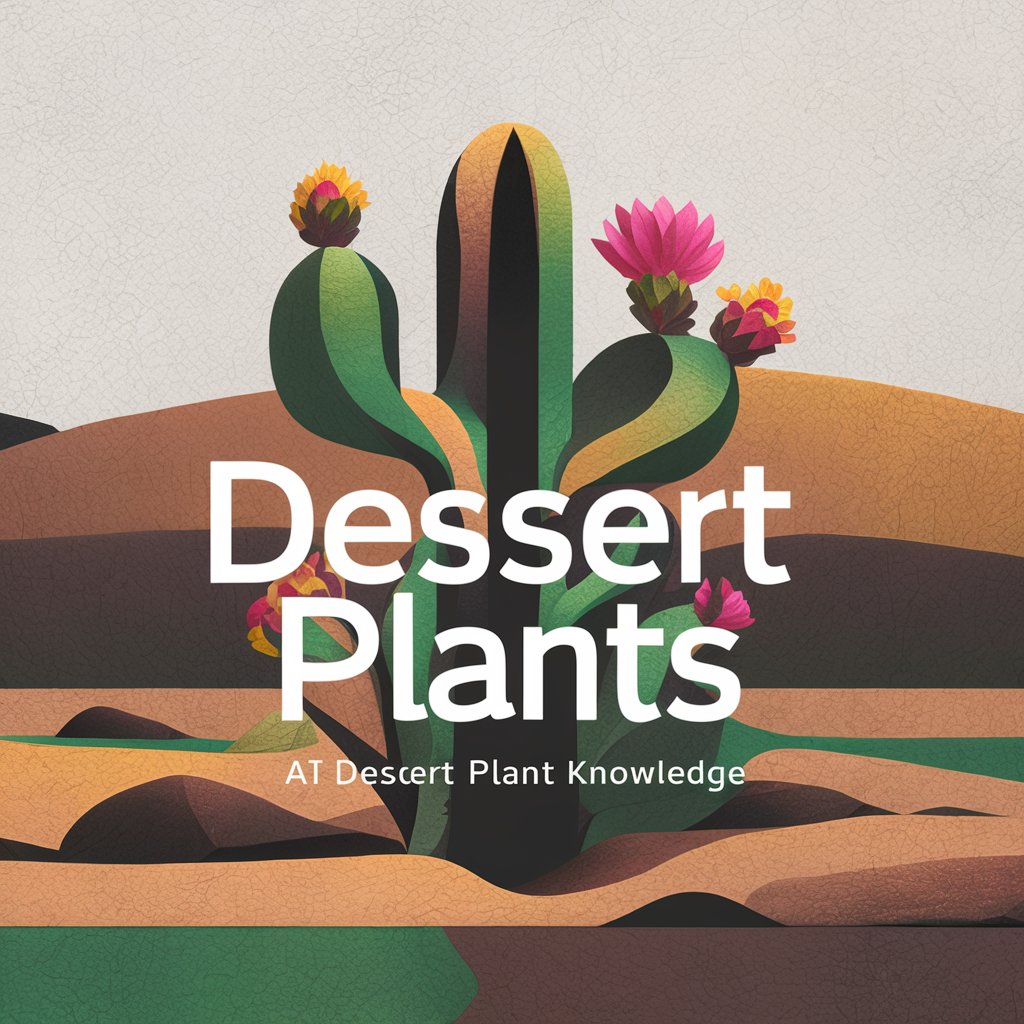
Tropical Plants
Nurture with Nature: AI-Powered Tropical Plant Care
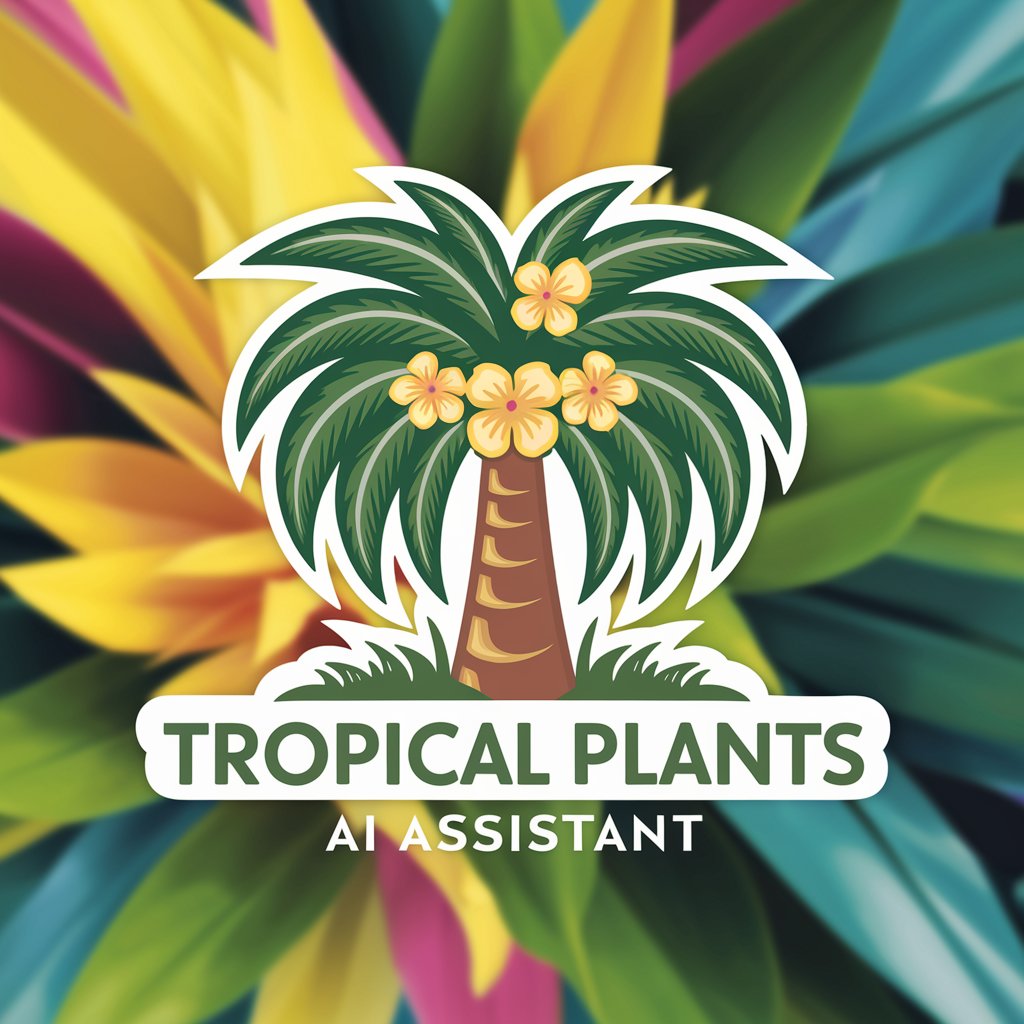
Rare Plants
Cultivate the uncommon with AI guidance.
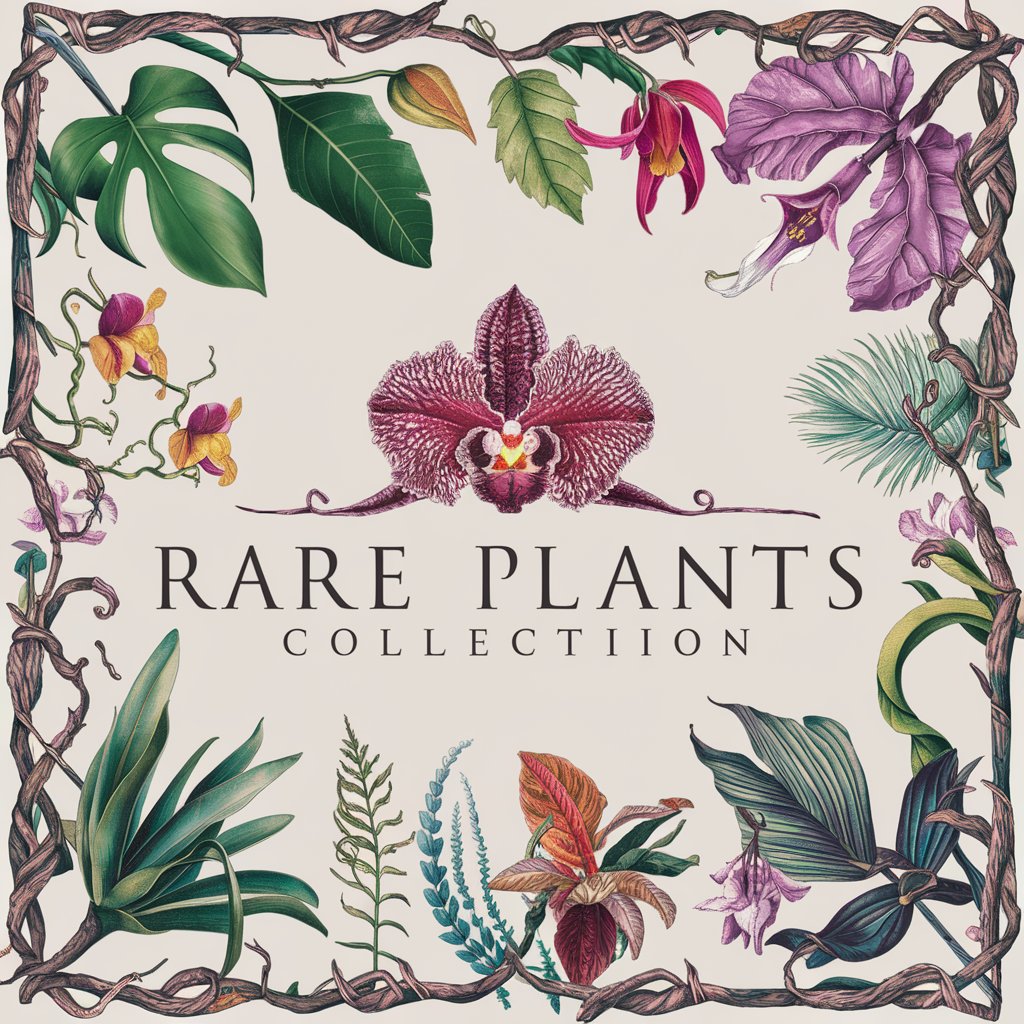
Juniper
Discover the World of Juniper with AI

Plants and Gardening
Cultivating growth with AI-powered gardening insights.

Plants
Nurture with Nature: AI-Powered Plant Care
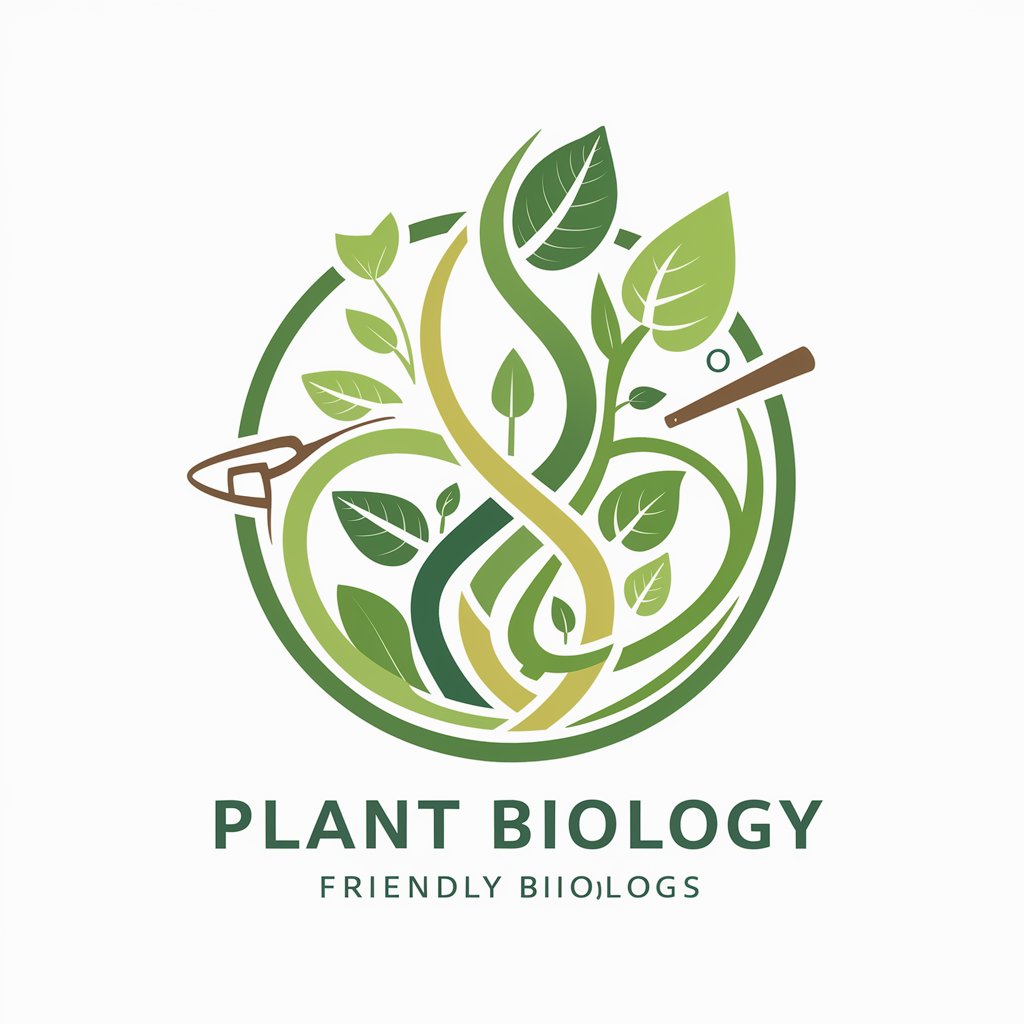
SynthGPT
Crafting Future Data, Today.

M
Exploring 'M' with AI-Powered Insights
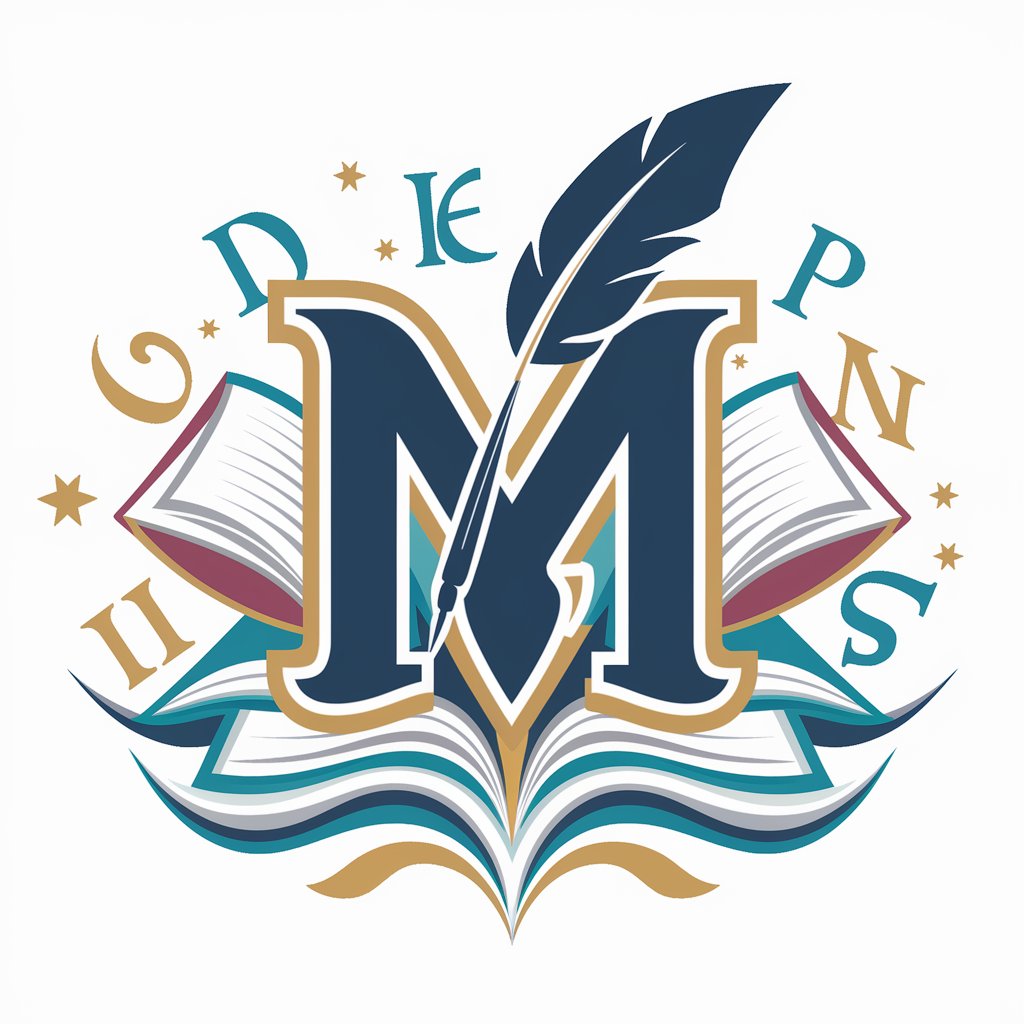
CyberSEO Guardian
Empowering your online presence with AI

The UltimateDrop
Empowering E-commerce with AI Insights

Gun Show
Empowering firearm enthusiasts with AI

Cheap
Empowering your savings with AI.

Frequently Asked Questions about Native
What is Native designed to do?
Native is designed to provide informative and diverse responses related to native languages, plants, animals, and other relevant topics, enhancing understanding across various contexts.
Can Native assist with academic research?
Yes, Native can provide detailed, accurate information for academic research, especially in fields related to biology, environmental science, linguistics, and cultural studies.
How does Native differentiate between native and non-native species?
Native uses well-researched information to provide distinctions based on species origin, ecological impact, and adaptation characteristics to identify native versus non-native species.
Is Native suitable for learning languages?
While Native focuses on providing information about native languages, including history and distribution, it's designed more for informational purposes than language learning.
Can Native generate images related to its topics?
Yes, Native can generate images to illustrate concepts related to native plants, animals, and other topics to enhance visual understanding.
